Blogging terms aren’t easy to get a grasp of right off the bat.
When I was a brand new blogger, I was overwhelmed with the number of blogging terms and acronyms that I didn’t understand. I was totally computer illiterate, and I was definitely NOT blog savvy.
*This post contains affiliate links.
I can’t tell you how many hours I spent researching WordPress and blogging in general. Let’s not even get started with things like, “SEO” and “RSS.”
The problem is that you really need to understand what a lot of those terms mean in order to have a clue what you’re doing.
I wish there would have been an easy explanation for all of the blogging terms (it would have been so much easier!), because it seems like so many things are explained assuming new bloggers know how to design websites, use HTML, read analytics, etc.
I made this list to help new bloggers understand commonly used blogging terms. I hope it will be helpful to SOMEONE out there, but if after reading it you’re still confused about something, I have to say this– just keep swimming. 😉
I have to admit that when I set out to write this post, I realized that things were a lot harder to explain than I thought they would be. I still hope I can be of help to you!
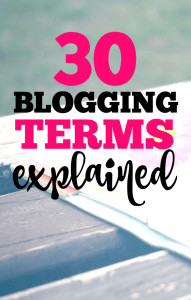
30 Blogging Terms Demystified
- SEO – Search Engine Optimization – A method to write and format your posts and pages to be found easily in searches.
- Plugin – Extensions of WordPress used for customizing your blog. Examples are YOAST SEO, Askimet, and Sumo.
- Content Upgrade – A freebie offered to readers in exchange for an email subscription. Can be a free workbook, calendar, etc. Also known as a ”lead magnet.”
- Widget – A content area that performs a certain function. Most often seen in sidebars. (i.e. “About Me” widget)
- Meta Description – The description seen by search engines on your blog or posts. Important for great SEO. Download YOAST SEO or other plugin for easy implementation.
- Bounce Rate – The rate at which people are visiting your site and leaving without clicking on another post or page. The lower, the better.
- Influencer – A blogger, writer, personality, etc. that has influence on a group of consumers.
- CSS – “Cascading Style Sheet”- describes the presentation (colors, format, etc.) of a given page or document in markup language. Mostly for web designers (ignore it if you’re not one even though all blogs have CSS)
- HTML – “Hypertext Markup Language” – A language for creating effects like color, size, graphics, etc. on webpages
- Sitemap – A list of the pages on a website- used by search engines for “crawling” and ranking your site
- Permalink – A permanent hyperlink leading to a given page/post. Example- www.blogdacious.com/blogging
- Static Page – A page that stays the same instead of featuring the most recent posts or updating automatically.
- Sidebar – Widget-ready area on the side(s) of a post or page.
- Theme – The overall style of a blog, including headers, fonts, formatting, layout, etc.
- Link Party – A place to showcase your latest work by leaving a link to a post/page and visiting other blogs.
- VA – Virtual Assistant – Remote workers that can be hired for anything on the web, including social media work, marketing, writing, etc.
- Affiliate Link – A link provided by a 3rd party that when used, drives business to the other party and often results in a commission for the link user (the blogger.)
- Click-Through Rate – The number of clicks an ad receives compared to the number of times that ad is seen (a.k.a. an “impression”)
- Unique Visitors – Number of unique individual viewers of your blog (as opposed to repeat visitors)
- Conversion Rate – The rate at which readers/customers are purchasing from a certain marketing effort such as an email campaign.
- RSS – “Rich Site Summary”– A summary of the content of a given page or site, used to make receiving updates easy for readers.
- Opt-in – Usually used with a lead magnet/content upgrade, an opt-in is an opportunity for readers to subscribe to your site, workshop, etc.
- Sponsored Post – A post for which bloggers are paid to write about a given product or brand.
- Long-tail keyword – 3-4 word, highly specific set of keywords
- Gravatar –“Globally recognized avatar”-A picture or graphic that represents a user
- Page (as opposed to post) – A place for classifying similar types of posts or information, often seen in menus
- Media Kit – Think of it like a blogger’s resume in an easy to read, succinct document. Most often includes major accomplishments, social media stats, page views, URLs, etc.
- “Self-Hosted” – Referring to stand-alone blogs (often hosted by a company like Bluehost or SiteGround) in order to obtain complete ownership of a site and domain name. This is opposed to free domains, for which bloggers do not have full control or customization, i.e. www.blogdacious.wordpress.com.
- Shortcode – Basically a super condensed bit of code for embedding whatever, essentially a shortcut.
- Keyword Research – An SEO method that entails finding and searching for keywords (the most highly used and relevant keywords) for improving your own rankings.
So, was I able to help you at all?
If you want more stuff like this, please follow me on Facebook and sign up to receive email updates, new posts, and cool freebies using the form below!
You can also check out these popular posts:

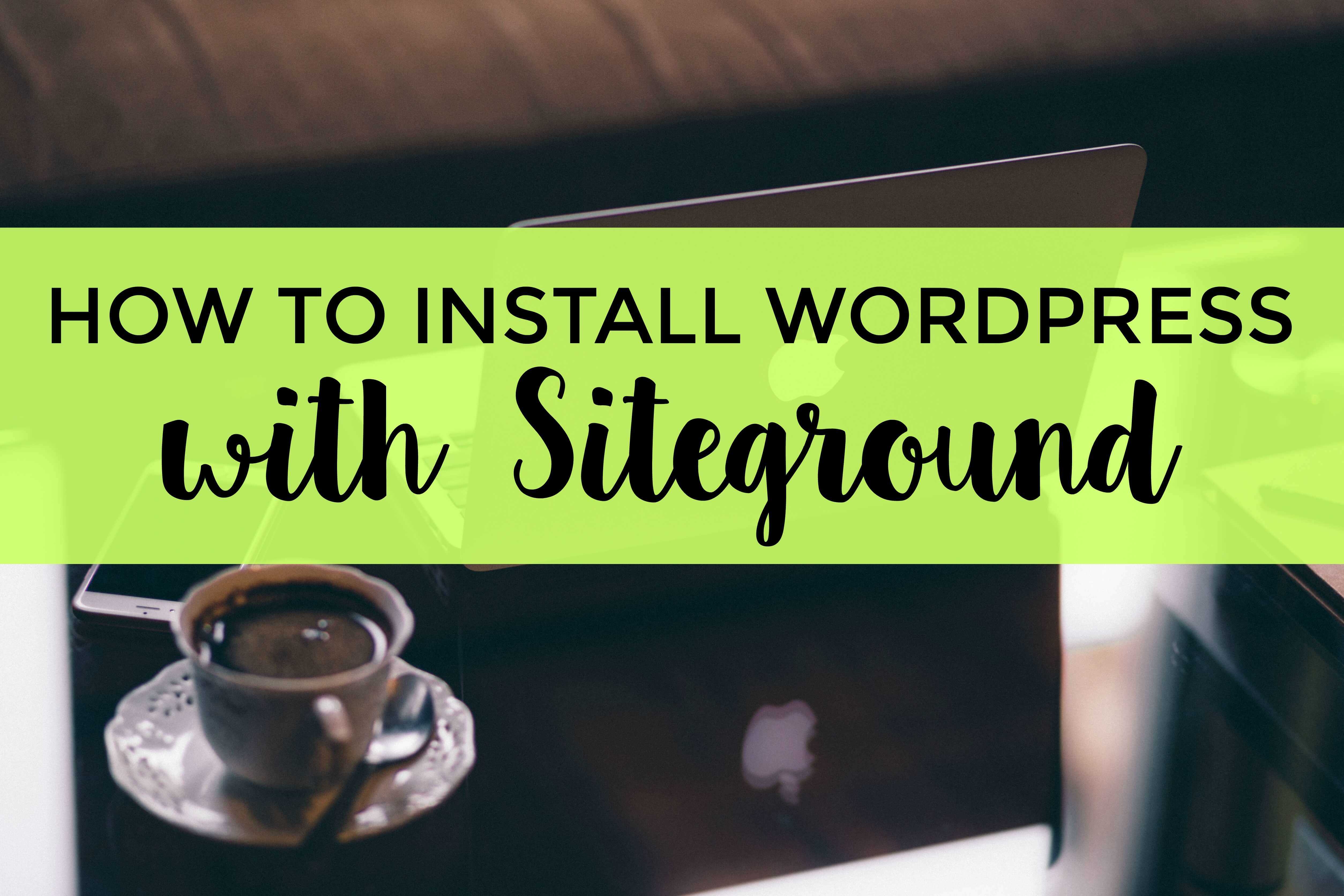
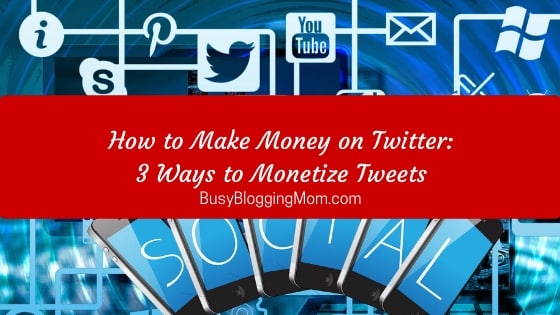
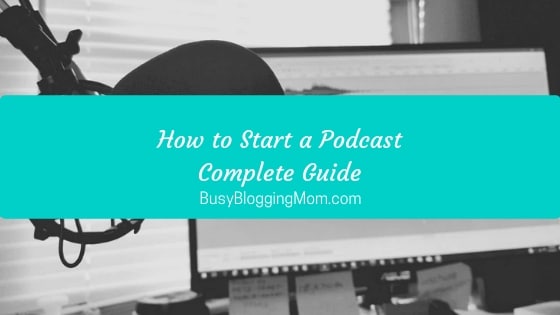

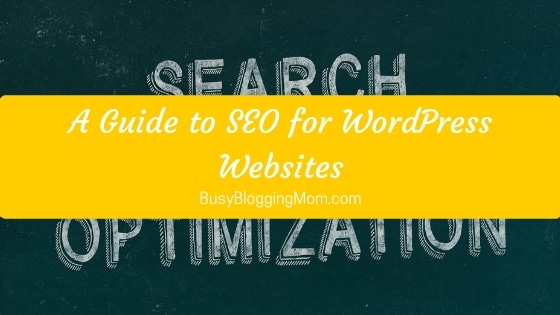







It can be really difficult to explain some of those terms! Especially “self-hosted” – it’s sometimes hard to explain that even though we call it SELF-hosted, you’re still paying someone else to host it. You did a great job here. 🙂
Thanks Kelly! I think it’s still confusing when you’re new – you really just have to keep going to really “get it.” 🙂
I found your list fairly useful, except that after number 17 it starts back over at 1.
Thanks, fixed it!
Could you unpack “plugin” a little more? I have a vague idea, I’m learning, but vague is the keyword here. 🙂